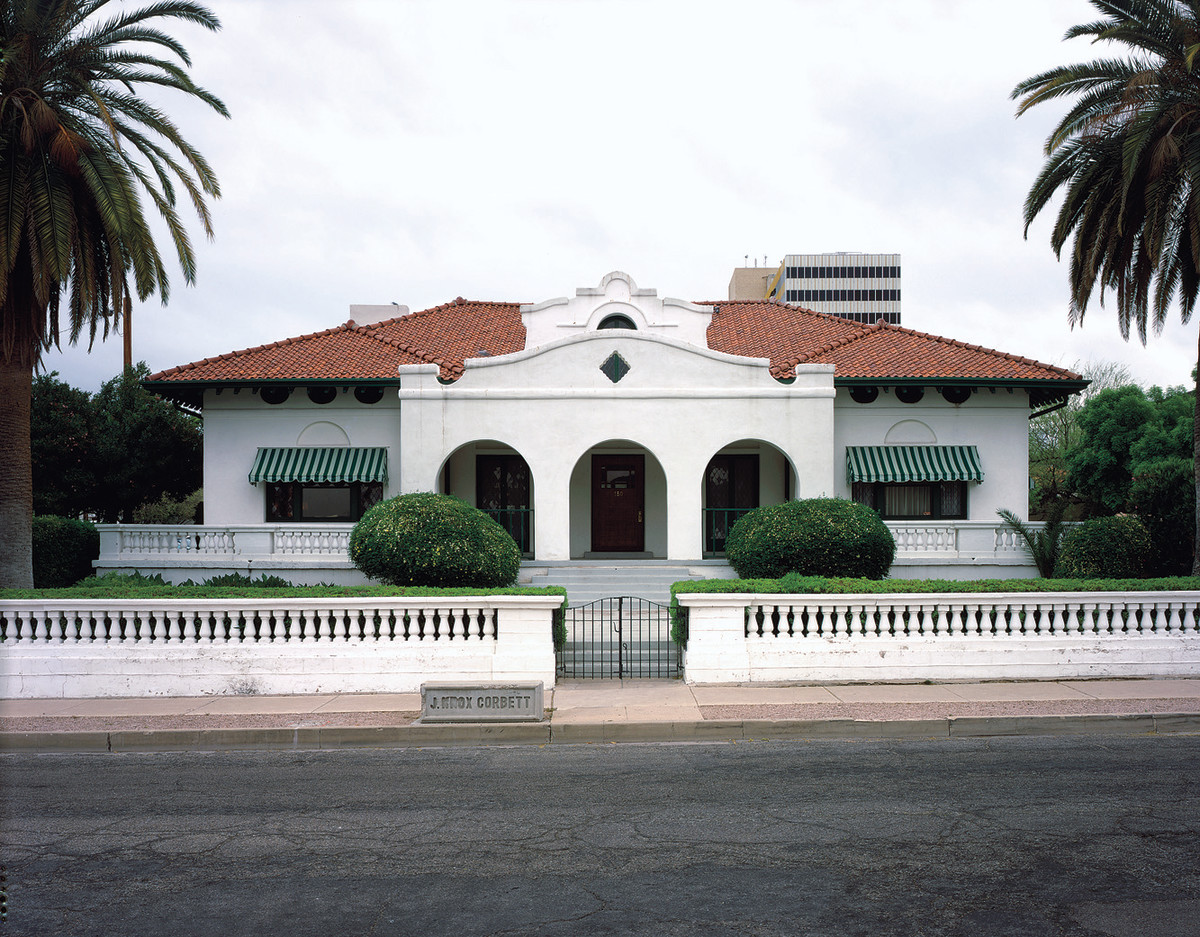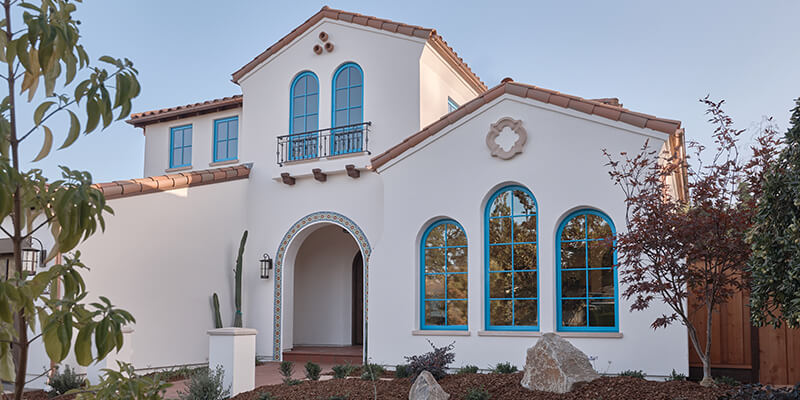Mission Style Cabinet Doors

Mission style cabinet doors, with their clean lines and simple elegance, have become a timeless design element in homes and furniture. These doors, characterized by their understated beauty and craftsmanship, are a testament to the enduring appeal of the Arts and Crafts movement.
The Origins of Mission Style, Mission style cabinet doors
Mission style, as the name suggests, originated in the early 20th century in California, inspired by the architecture and furniture of Spanish missions. This style was a direct response to the ornate Victorian aesthetic that was prevalent at the time, emphasizing simplicity, functionality, and a connection to nature.
The Arts and Crafts movement, which championed handcrafted objects and traditional techniques, played a significant role in shaping Mission style. This movement, which emerged in England in the late 19th century, promoted the idea that design should be both beautiful and functional, rejecting mass-produced goods and emphasizing individual craftsmanship.
Key Design Principles of Mission Style
Mission style cabinet doors embody the key principles of the Arts and Crafts movement.
- Simple Lines: Mission style doors are characterized by their clean, uncluttered lines. The absence of excessive ornamentation allows the natural beauty of the wood to take center stage.
- Natural Materials: Mission style doors are typically crafted from solid wood, such as oak, redwood, or maple. The use of natural materials adds warmth and authenticity to the design.
- Handcrafted Details: Mission style doors often feature handcrafted details, such as mortise-and-tenon joinery, hand-carved accents, and hand-forged hardware. These details add a sense of quality and artistry to the design.
Notable Architects and Designers
Mission style cabinet doors have been incorporated into the work of many renowned architects and designers, including:
- Greene & Greene: This architectural firm, known for their iconic California bungalow designs, was a major proponent of Mission style. They often incorporated Mission style cabinet doors into their furniture and built-in cabinetry.
- Charles and Henry Greene: This duo is known for their use of natural materials, simple lines, and handcrafted details. Their work, such as the Gamble House in Pasadena, California, showcases the beauty of Mission style cabinet doors.
- Gustav Stickley: This American furniture maker and designer was a leading figure in the Arts and Crafts movement. He embraced the simplicity and functionality of Mission style, creating furniture and cabinets that were both elegant and practical.
Distinctive Features of Mission Style Cabinet Doors

Mission style cabinet doors are known for their simple, elegant design, often featuring clean lines, natural materials, and a focus on functionality. This style draws inspiration from the Arts and Crafts movement, emphasizing craftsmanship and a connection to nature.
Materials Used in Mission Style Cabinet Doors
The materials used in Mission style cabinet doors contribute significantly to their distinctive look and feel.
- Wood Types: Mission style cabinet doors are typically crafted from solid wood, such as oak, cherry, walnut, or maple. These hardwoods offer durability, strength, and a beautiful natural grain.
- Finishes: Mission style doors often feature natural finishes that showcase the wood’s grain and texture. Common finishes include oil-based stains, varnishes, and lacquers. These finishes enhance the wood’s natural beauty while protecting it from wear and tear.
- Hardware: Mission style hardware is characterized by its simplicity and functionality. Handles, pulls, and hinges are typically made from metal, often in a dark finish like oil-rubbed bronze or black. These hardware pieces complement the door’s natural wood tones and enhance its overall aesthetic.
Design Elements of Mission Style Cabinet Doors
Mission style cabinet doors are easily recognized by their distinctive design elements.
- Square Panels: Mission style doors often feature square or rectangular panels that are inset into the door’s frame. These panels create a clean, geometric look and provide structural support.
- Exposed Mortise-and-Tenon Joints: One of the defining characteristics of Mission style is the use of exposed mortise-and-tenon joints. These joints, visible on the door’s surface, showcase the craftsmanship involved in creating the door and add a touch of rustic charm.
- Simple Hardware: As mentioned earlier, Mission style hardware is typically simple and functional. Handles and pulls are often rectangular or square in shape, and hinges are usually plain and unobtrusive. These hardware pieces complement the door’s minimalist design and enhance its overall aesthetic.
Comparison of Mission Style Cabinet Doors with Other Styles
Mission style cabinet doors offer a distinct aesthetic compared to other popular styles.
- Traditional Style: Traditional style cabinet doors often feature more ornate details, such as raised panels, intricate carvings, and decorative moldings. In contrast, Mission style doors prioritize simplicity and functionality.
- Contemporary Style: Contemporary style cabinet doors often feature clean lines and minimalist designs, similar to Mission style. However, contemporary doors may incorporate more modern materials and finishes, such as glass, metal, or high-gloss paints.
- Shaker Style: Shaker style cabinet doors are known for their simple, functional design, similar to Mission style. However, Shaker doors typically feature a raised panel with a simple, rectangular frame. Mission style doors may have square panels and exposed mortise-and-tenon joints.
Modern Interpretations of Mission Style Cabinet Doors

While Mission style cabinet doors have a timeless appeal, contemporary designers are breathing new life into this classic design by reinterpreting its elements with modern materials and techniques. This fusion of tradition and innovation allows for the creation of unique and versatile cabinet doors that seamlessly blend into diverse interior design styles.
Modern Materials and Techniques
The use of traditional materials like oak and walnut in Mission style cabinet doors is being complemented by contemporary options like metal, glass, and high-tech finishes. For example, designers are using metal accents, such as brushed nickel or copper, to add a touch of industrial chic to Mission style doors. Glass panels, whether frosted or clear, are being incorporated to create a sense of lightness and transparency. Additionally, the application of high-tech finishes, such as epoxy coatings or UV-cured paints, offers enhanced durability and a range of color options. These modern materials and techniques allow for greater flexibility in design and functionality, while still maintaining the essence of Mission style.
Mission style cabinet doors, with their clean lines and simple elegance, often exude a sense of timeless sophistication. While their design is classic, they can easily be adapted to modern spaces. If you’re looking for a way to enhance security and organization within your home, consider incorporating a wood storage cabinet with locking doors.
This combination of style and functionality can seamlessly integrate into any room, while providing peace of mind for your valuables.
Mission style cabinet doors, with their simple lines and sturdy construction, can bring a timeless elegance to any kitchen. But even the most well-crafted cabinets can be susceptible to moisture and mold growth. If you find yourself battling this unwelcome fungal foe, check out this guide on how to kill mold on wood cabinets for effective solutions.
Once you’ve tackled the mold, you can restore your mission style cabinets to their original beauty and enjoy their enduring charm for years to come.
